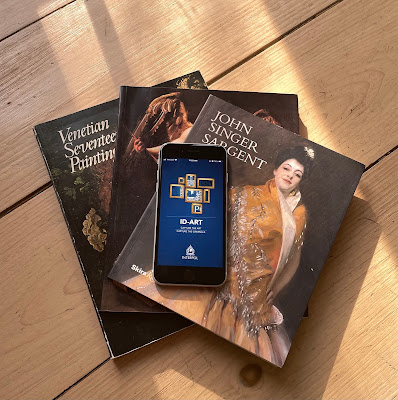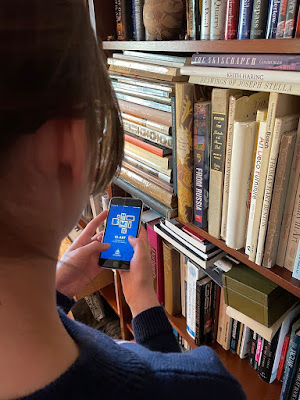Wednesday, May 12, 2021 -  antiquities,Interpol,painting,stolen antiquities,stolen art database,stolen art objects,stolen gods,stolen icons
antiquities,Interpol,painting,stolen antiquities,stolen art database,stolen art objects,stolen gods,stolen icons
 No comments
No comments
 antiquities,Interpol,painting,stolen antiquities,stolen art database,stolen art objects,stolen gods,stolen icons
antiquities,Interpol,painting,stolen antiquities,stolen art database,stolen art objects,stolen gods,stolen icons
 No comments
No comments
Pocket-Sized Due Diligence: Interpol’s ID-Art App
Countless art transactions occur each week around the globe. Whether looking to acquire or sell an artwork, art market actors should always take the time to conduct due diligence. Verifying an art object’s ownership history contributes to an up-to-date understanding of clean title and authenticity. This knowledge remains vital to determining an object’s rightful owner as well as maintaining the integrity of its maker’s oeuvre.
While “due diligence” seems to be a loosely defined buzzword, this research should be conducted through an analysis of various sources, including, but not limited to, libraries, archives, sales records, collector records, and digital resources. Keep in mind: there is no consolidated source in which one can consistently review and verify the legitimacy of a secondary market art object. For this reason, undertaking provenance research projects can seem quite daunting and often require the assistance of an expert to help navigate the confounding realm of historical and art historical records.
A review of Interpol's new App
With the advent of the digital era, new resources to aid in the pursuit of provenance research are constantly coming to light. One of them, created by Interpol is a new smart phone/tablet app called ID-Art, which enables users to complete preliminary due diligence checks on their own time before seeking further expert assistance. This free and easily downloadable app grants access to a database of approximately 50,000 stolen art objects, and it fits in your pocket!
So, how does it fit into your everyday life?
ID-Art facilitates a due diligence on-the-go lifestyle, enabling users to explore the status of art objects they may encounter on the art market from the comfort of their own phones. After examining an art work in person, buyers, sellers, or researchers can conduct a search of Interpol’s Stolen Works of Art Database in real-time (e.x., on the floor of an art fair or from your home office).
Upon opening the app, users are presented with a scrolling feed through which they can peruse stolen items at will (quite an interesting rabbit hole to get lost down!). Individual entries are contextualized using ObjectID, as they seek to simplify the identification process. If you stumble across something nefarious, ID-Art even proffers a “Report to Interpol” button with each stolen item. The entry for Paul Cezanne’s Auvers-sur-Oise (1879-80) typifies the app’s user-friendly formatting.
If you’re looking to check on a specific piece or artist, the search function offers a variety of user-friendly filters to help narrow your query:
Manual Search: offers the ability to filter searches using an item’s specifications, ranging from artist and medium to placement of signature.
Visual Search: allows users to conduct a reverse image search of an item against Interpol’s Stolen Works of Art Database.
The app also provides the option to generate a personalized inventory for individual art objects or cultural heritage sites. Users can create an ObjectID entry for each work or site, saving them to the “My Inventory” tab. In the case of theft, natural disaster, or conflict, this feature enables users to export a saved inventory entry to share with law enforcement officials. These entry formats also serve as a template for collections management requirements.
If you’re a buyer, seller, or researcher, Interpol has created a due diligence tool that should be referenced in any and all art market transactions. There’s no excuse not to download it. It’s free, easy to use, and fits in your pocket!
*Interpol’s ID-Art App is currently available for download in the Apple Store and for Android phones via Google Play.







0 comments:
Post a Comment